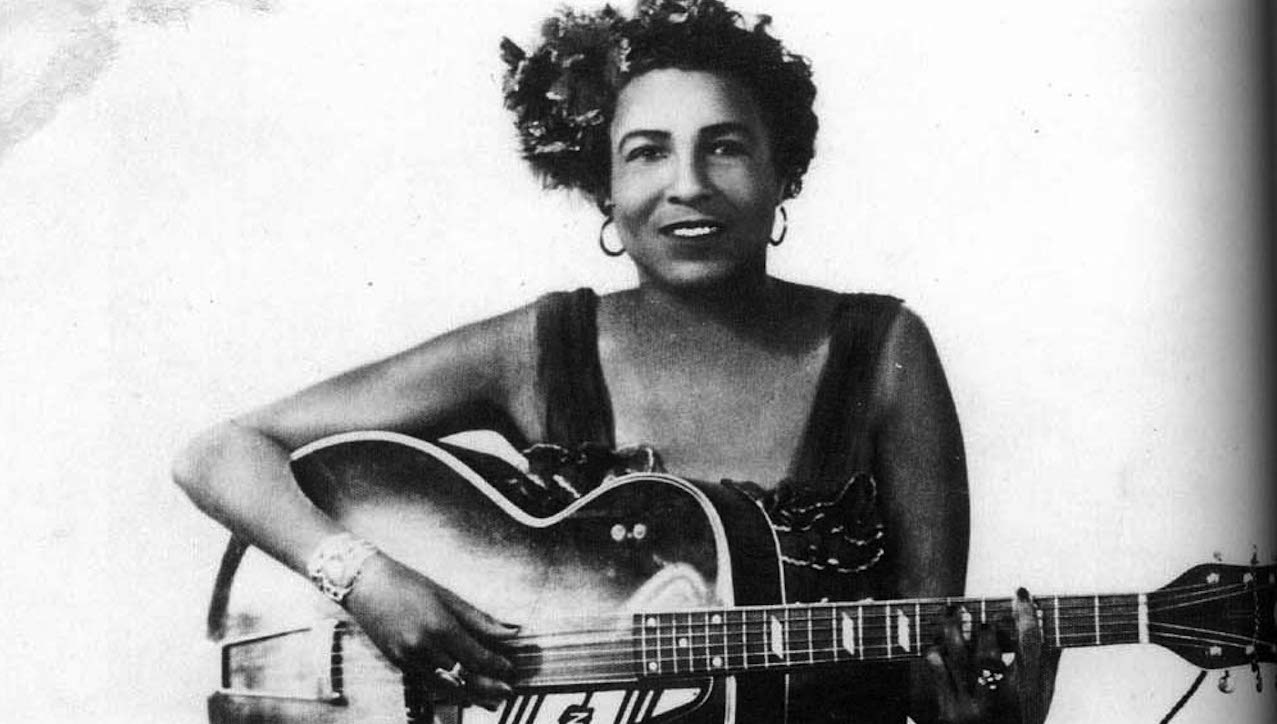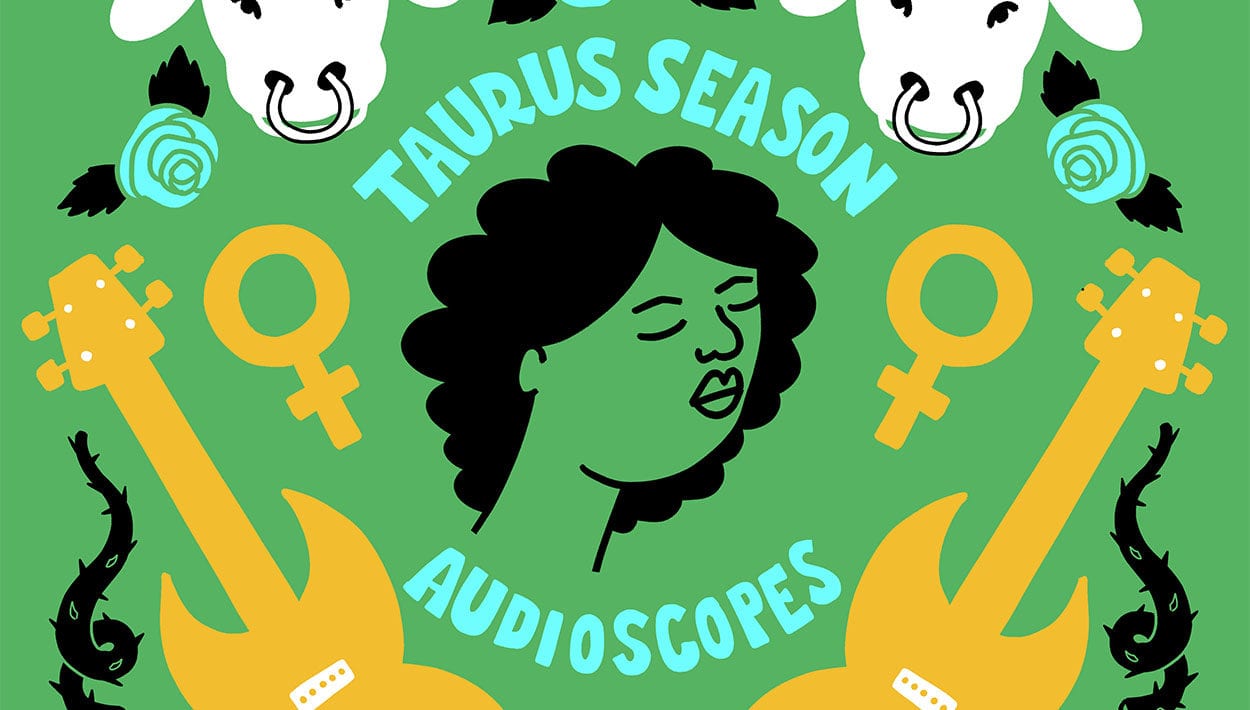The Legends: Memphis Minnie
While pioneering vocalist Ma Rainey was dubbed the “Mother of the Blues,” and helped spark the genre’s commercial spread in the 1920s, it was guitarist/bassist/vocalist Memphis Minnie (June 3, 1897- Aug. 6, 1973) who picked up the torch to keep African American popular music raw and relevant through the mid-20th century. In the process, she shaped the sound of modern pop music.
Born Lizzie Douglas, the New Orleans native was playing on Beale Street sidewalks in Memphis by age 13. After learning her craft down South, Douglas joined the historic migration of African American musicians to the North, eventually establishing herself in Chicago. It was there that her musical partnership with singer and guitarist Joe McCoy caught the attention of Columbia Records, who rechristened the pair Memphis Minnie and Kansas Joe.
Among the duo’s signature songs are 1929’s “When the Levee Breaks,” a song famously reshaped by Led Zeppelin as the final song on Led Zeppelin IV, and 1930s “Bumble Bee,” the impetus for Muddy Waters’ “Honey Bee.” The pair influenced contemporary “hillbilly” music as well as blues, with country music pioneers Bob Wills and the Texas Playboys adding their own twist to their 1930 single, “What’s the Matter with the Mill?”
In a field dominated by men, Memphis Minnie thrived and played a major role in shaping the sound of Chicago blues. One legendary story from the 1930s finds Minnie publicly defeating renowned guitarist (and her future tourmate) Big Bill Broonzy in a battle of the blues performers, with a bottle of gin and a bottle of whiskey on the line.
As the blues changed, so did Minnie’s penchant for duets. Her rhythmic guitar playing as heard on earlier recordings gave way to a more modern-sounding, standard tuned style that better suits the drum, trumpet, and piano accompaniment on such recordings as her 1939 release, “Hot Stuff.”
Memphis Minnie had a respect for the women that paved the way for her success, recording “Ma Rainey” in tribute to the singer just six months after her 1939 passing. With her own natural talent and embrace of musical and technological innovations, she became a groundbreaker in her own right soon after, playing electric guitar publicly several years before Big Mama Thornton and others laid the groundwork for rhythm and blues.
As one of the greatest and most visible guitarists of her time, and a songwriter and performer who still influences popular music today, Memphis Minnie is simultaneously one of the seminal and unsung blues pickers and singers of the early 20th century.














Comments
[…] who led me to the earliest forms of rock ‘n’ roll that came out of the South, like Memphis Minnie, Big Mama Thornton, Sister Rosetta Tharpe, and all the great Black women who made rock […]
Pingback by She Shreds Media on December 16, 2020 at 11:39 am